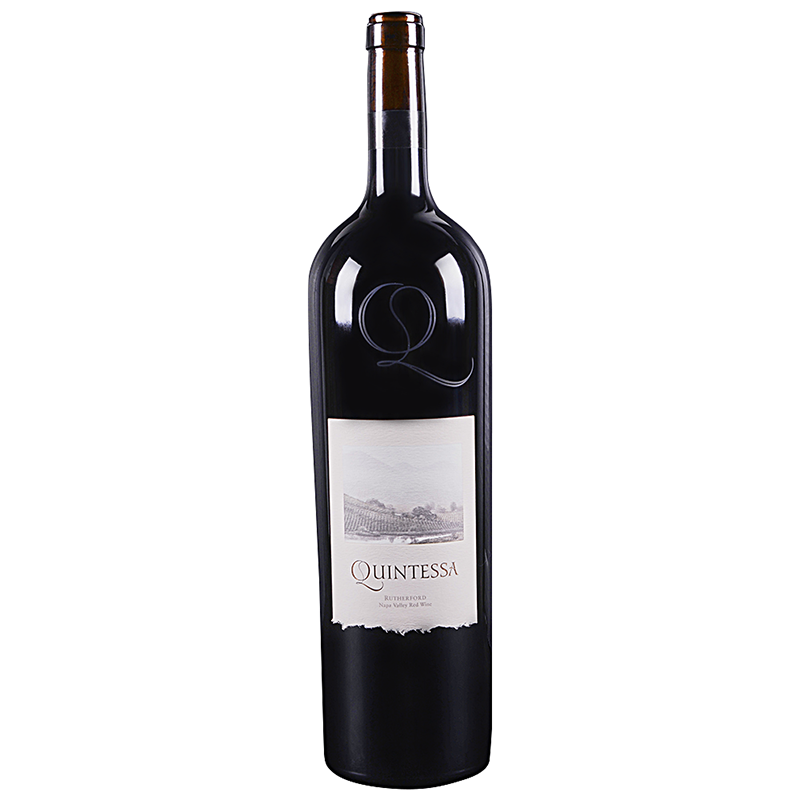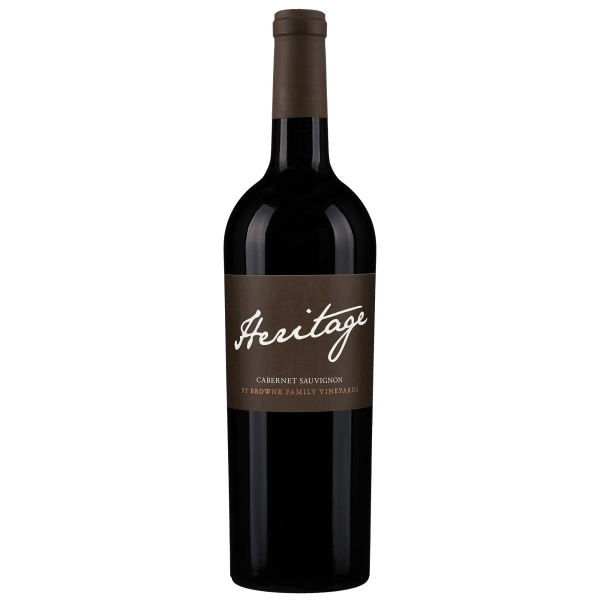2020 Shiloh Privilege
2020 Shiloh Privilege Notes of ripe plum, blueberry, dried raisins, sweet tobacco, coffee and cream soda on the nose. Palate is a bit earthier than the nose implies and can really taste those French oak barrels. Medium body, dry, medium plus to high tannins and medium acidity. Interesting blend with a medium finish that’s somewhat bitter and tart. Definitely an interesting wine and somewhat refreshing.
Red wine
Red wine has been prevalent since prehistory (the period before written records) as winemaking originated and spread throughout the world. In this case, “red blend” refers to any red wine that contains more than one red grape variety in the final product, though certain red blends can have their own designation as varietal wines despite comprising multiple grapes.
For much of the history of European wine, red blends were in fact more common than single varietals, as winemaking was typically region-centric and featured grapes consolidated from vineyards across a given area. One famous example of this practice is the Bordeaux blend, which originated in the 18th or 19th century and usually comprises Cabernet Sauvignon, Merlot and Cabernet Franc.
Though prominent red blends such as Bordeaux still remain popular, many red blends have been associated with lower quality due to the assumption that the term indicates cheaper table wines. However, many high-quality wine producers still elect to produce red blends, and these wines can in fact offer many unique and delicious flavors due to the winery’s ability to custom design the profile of their product.
Red blends are prepared from a variety of red grapes, usually crushed and fermented individually before any blending takes place. Finding the right blend often requires blending trials, where the winemaker tastes the wine and offers suggestions for how to modify the blend. This process is more common with new world blends, whereas traditional blends such as Bordeaux or Chianti can simply be produced following age-old practices. Aging potential varies, though many high-quality red blends can be aged in oak or bottle. Flavors also vary, though in general most red blends will have notes of red or black fruit.
Related products
2019 Umani Ronchi San Lorenzo Rosso Conero 2019 Umani Ronchi San Lorenzo Rosso Conero Has a brilliant ruby red color with garnet tints. The nose is sweet, predominantly fruity, with typical notes of morello cherry. Rich and pulpy in the mouth, flavourful and pleasantly harmonious, with silky tannins. The long finish is austere and intensely [...]
2019 Rosa del Golfo Primitivo is a red wine from Salento characterized by warmth, smoothness, balance and elegance, born from a short aging in oak barrels. A spicy and Mediterranean bouquet of black fruits, red flowers, wild herbs, pepper and sweet spices animate a velvety, warm, full-bodied, elegant and persistent taste. With a silky and [...]
2019 Ca’ del Baio Autinbej Barbaresco DOCG 2019 Ca’ del Baio Autinbej Barbaresco DOCG is a deep garnet red with reflections of old pink. The nose is an intense, fruity aroma reminiscent of raspberries, jam, and violets that give an ethereal feeling accompanied by sweet spicy notes and hints of cocoa. In the mouth, Autinbej is [...]



